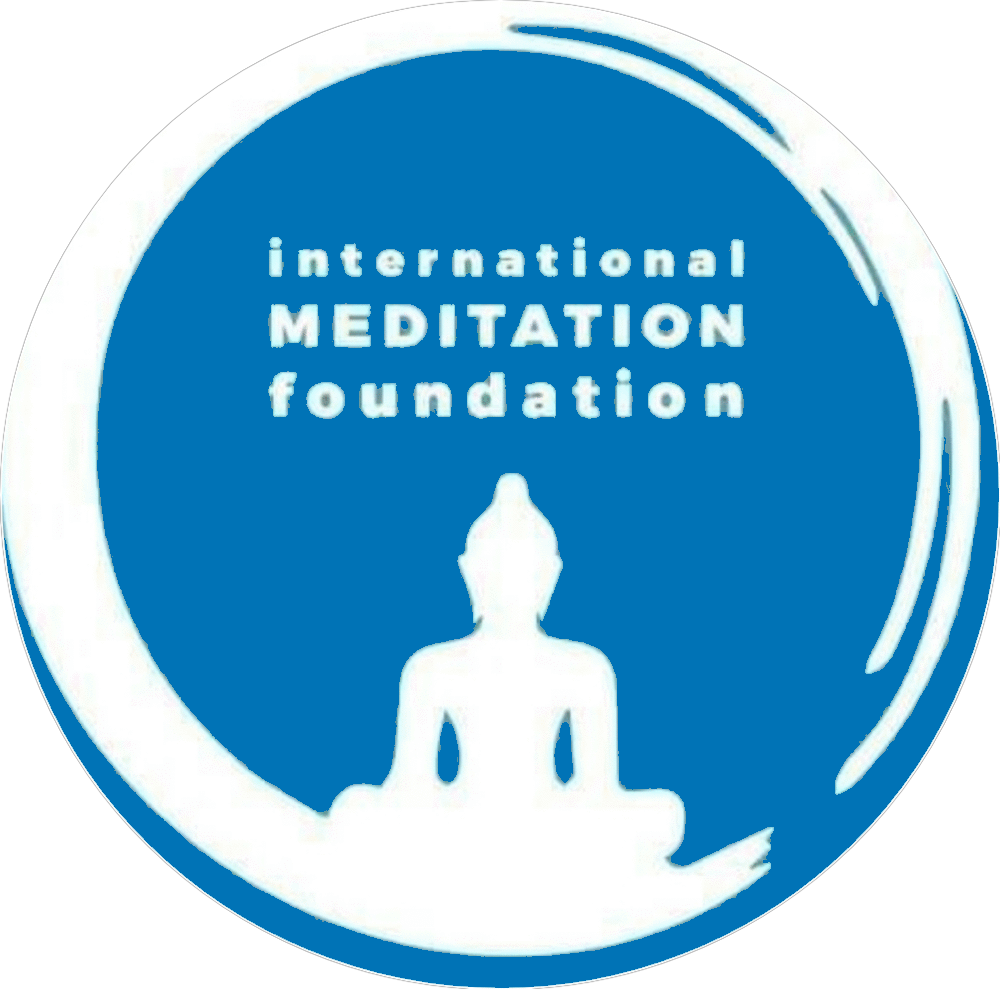The second basic aspect of breathwork is Conscious Breathing. This is where you come in. You are an active participant in the breathing process, more than the witness. Conscious Breathing means that you deliberately control, direct, and regulate the breathing in some way. You give the breathing a certain quality or a specific pattern. You breathe with a conscious intention. You are creative. With Breath Awareness, the breath breathes you; with Conscious Breathing, you breathe the breath. An example of a Conscious Breathing exercise is to breathe at a rate of four to eight breaths per minute, which is considered to be a “therapeutic zone” since it has so many naturally therapeutic benefits. So let’s begin with an average of six breaths per minute. That means a five-second inhale and a five second exhale.
Breathe Now: Regulate Your Breathing
The way we approach breathwork reflects the way we approach life. By observing your breathing, you can learn a lot about yourself. Sometimes we need to paddle our boat if we expect to get anywhere in life, and sometimes it’s better to pull in the oars and let the river of life carry us forward. Sometimes we are called to take charge and sometimes we’re called to get out of the way. Sometimes control is necessary and sometimes the call is to surrender. Sometimes we live our life, and at other times life lives us. Sometimes we breathe the breath, and sometimes we let the breath breathe us. Breathe in for a count of five seconds, and breathe out for a count of five seconds. Spend some time settling in to this rhythm. Make your breathing pattern smooth and steady, inhaling for five seconds and exhaling for five seconds. Simple isn’t it?
Start by focusing on your breathing. At first simply being aware of it, observe it, then begin to gently bring it under your conscious control. Let the breaths be smooth and steady and rhythmic, inhaling for five seconds and exhaling for five seconds:
Inhale, 2, 3, 4, 5
Exhale, 2, 3, 4, 5
Inhale, 2, 3, 4, 5
Exhale, 2, 3, 4, 5
How do you feel after a few minutes of this practice? If you find it difficult to breathe that slowly, then use a count of two or three or four to start. Or just count faster! If this rhythm is quite easy, experiment with a count of eight, ten, or twelve, or count more slowly. In any case, don’t push, don’t force, don’t stress, or strain. Relax. Be patient with yourself as you practice. We will play with many other Conscious Breathing exercises and techniques in the coming chapters, but start with this one to begin a daily practice. Do it first thing in the morning, do it at lunchtime, and do it again before bed. Do it if you find yourself becoming tense or upset, or scattered in your thinking. Remember to:
Inhale, 2, 3, 4, 5
Exhale, 2, 3, 4, 5
Inhale, 2, 3, 4, 5
Exhale, 2, 3, 4, 5
Practice going back and forth between these two basic elements of breath work, the fundamental ingredients of breath mastery. It is essential for us to learn to flow back and forth between active and passive, between doing and being, between breathing the breath and letting the breath breathe us. In other words, practice both Breath Awareness and Conscious Breathing. Integrate Breath Awareness and Conscious Breathing into your everyday
activities and interactions. For example, when walking or running, pay attention to your breathing or deliberately breathe in rhythm to your footsteps; or when listening to music, notice the quality of your breathing, the effect that the music has on your breathing, or keep the beat with your breath. When stuck in traffic or standing in line at the grocery store, observe your breathing, or gently bring it into this slow, smooth rhythmic pattern of six breaths per minute.
Breathe consciously when you watch a sunset. Use the breath to actually take in the experience. Breathe consciously when someone insults you, praises you, or tells you his or her problems. Begin using your breath to focus or center yourself, to relax or energize yourself. Use it to prepare for important events, to get through challenging tasks, and to recover from stressful experiences. Get into the habit of observing your breath and taking control of it before, during, and after various activities, events, and interactions. That’s the ultimate key to Breath Mastery: turning your daily practice into a way of being. It’s especially important to note the changes that occur in your mind and body when you practice breathwork, and track them in your breathing journal. The way we approach breathwork reflects the way we approach life. By observing your breathing, you can learn a lot about yourself. Sometimes we need to paddle our boat if we expect to get anywhere in life, and sometimes it’s better to pull in the oars and let the river of life carry us forward. Sometimes we are called to take charge and sometimes we’re called to get out of the way. Sometimes control is necessary and sometimes the call is to surrender. Sometimes we live our life, and at other times life lives us. Sometimes we breathe the breath, and sometimes we let the breath breathe us.
